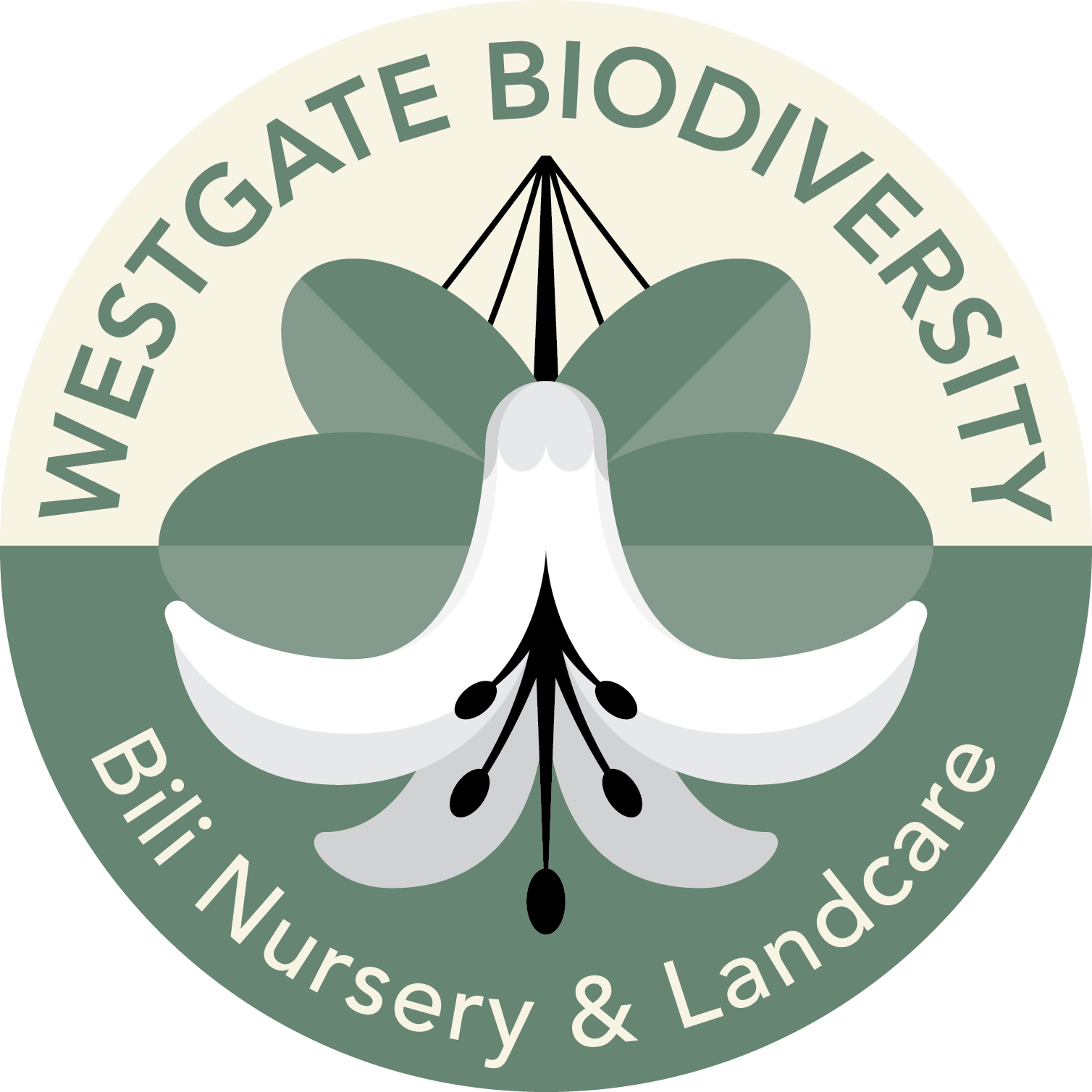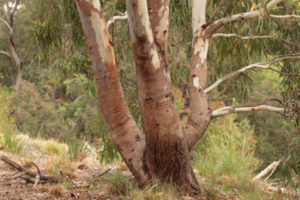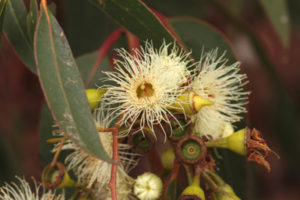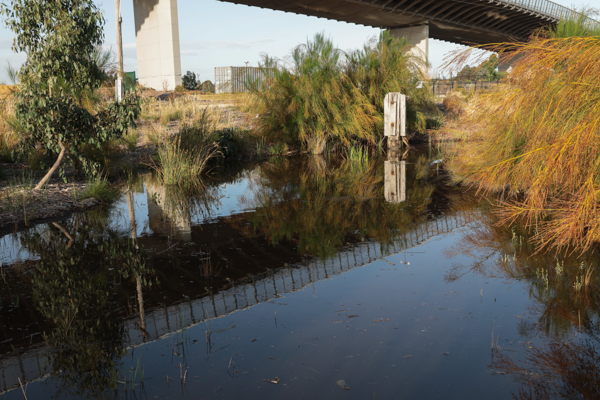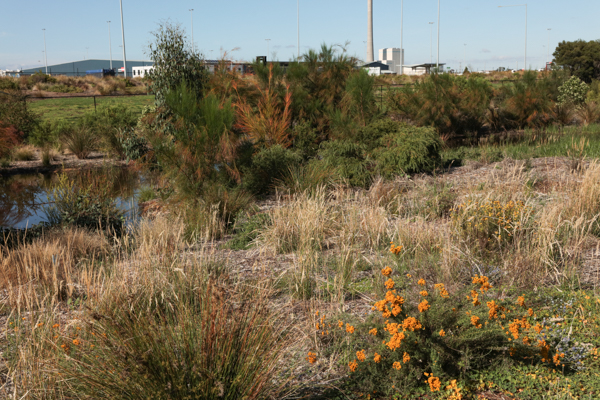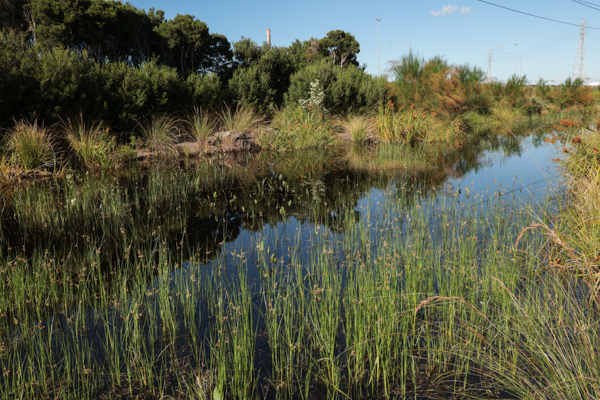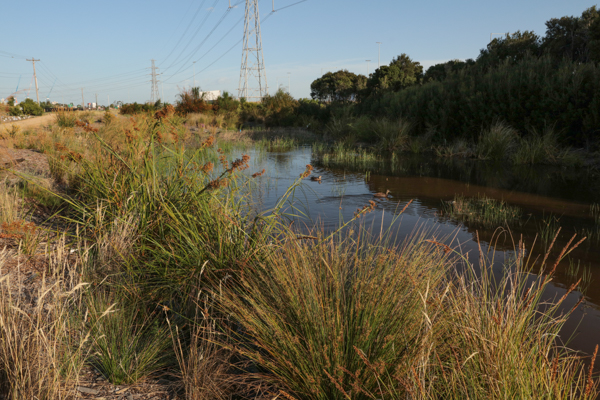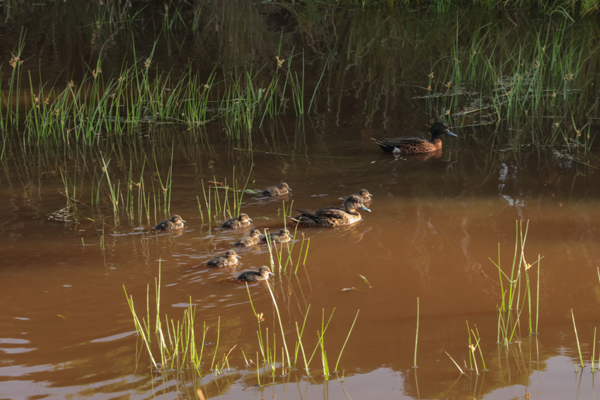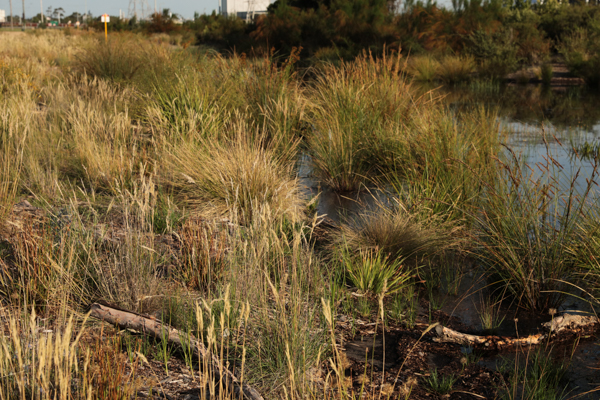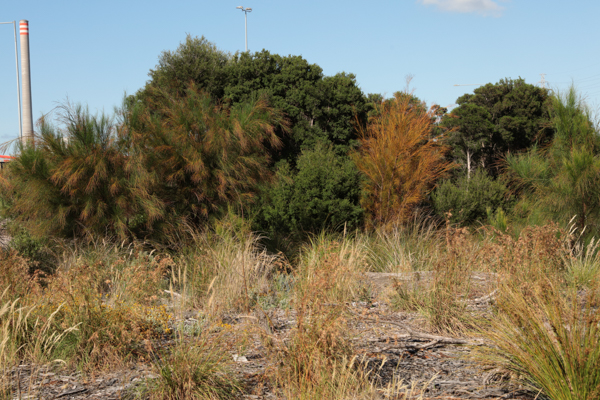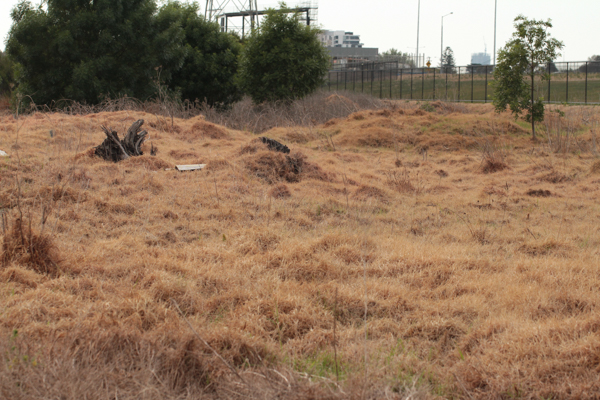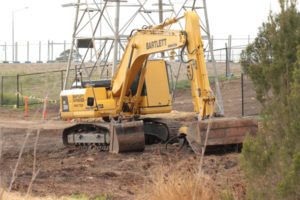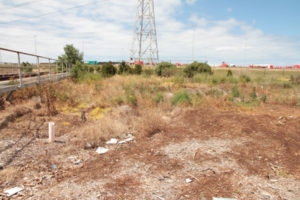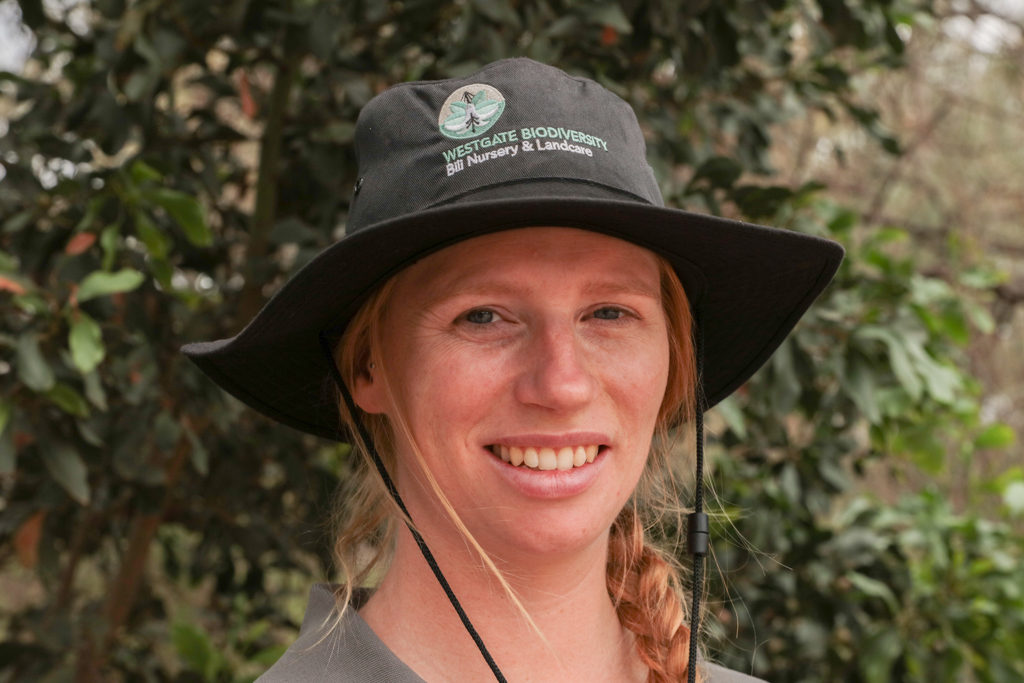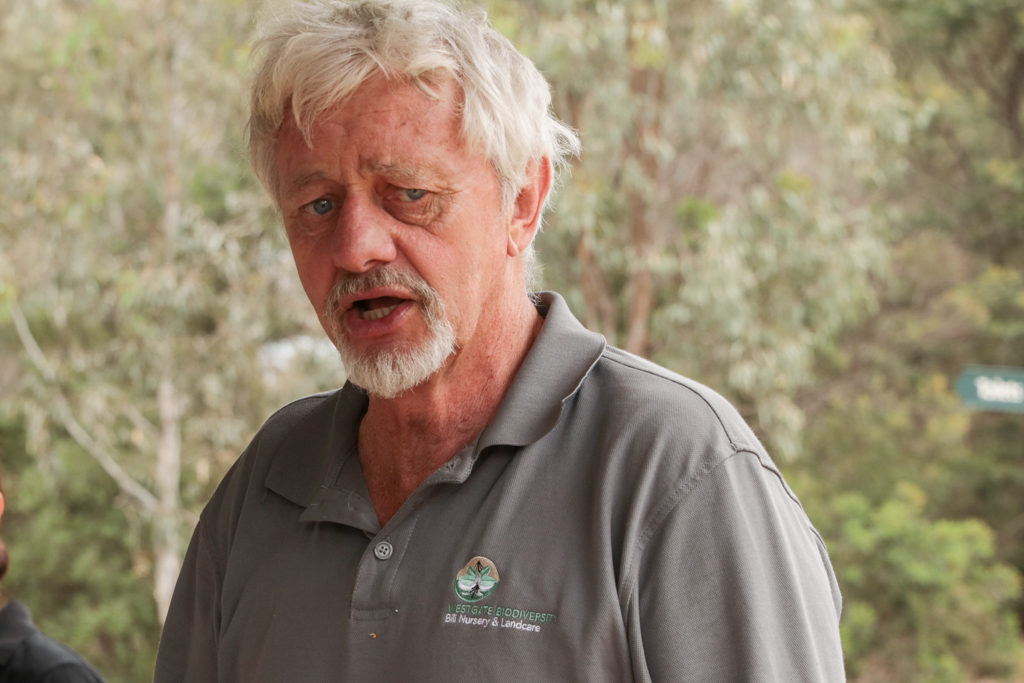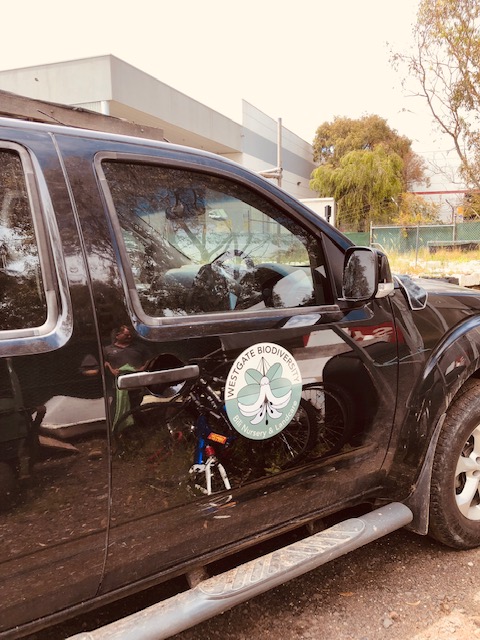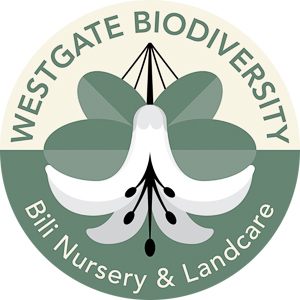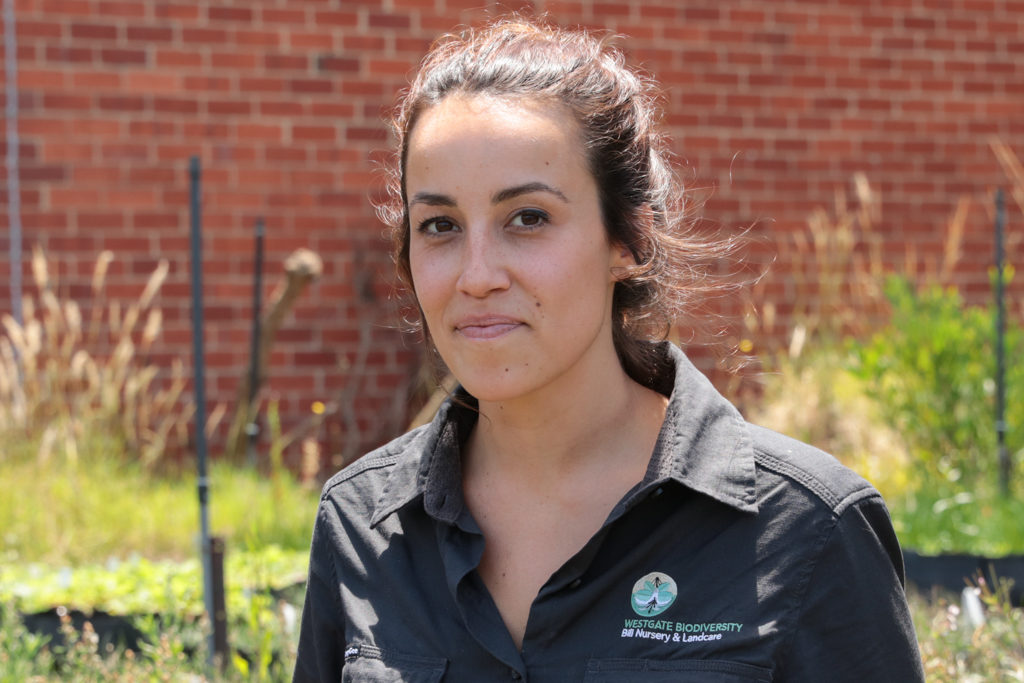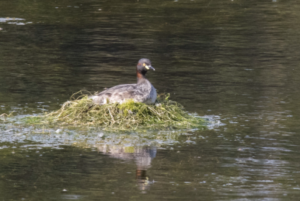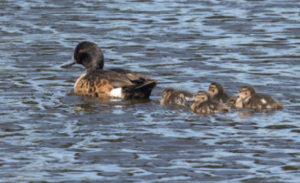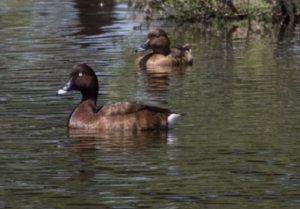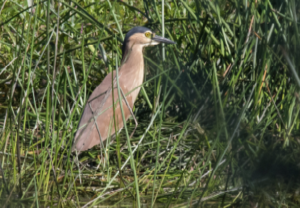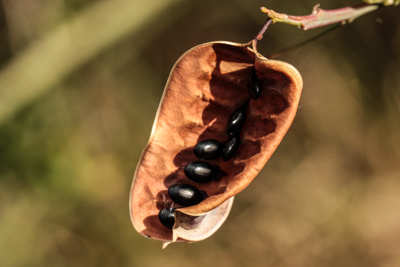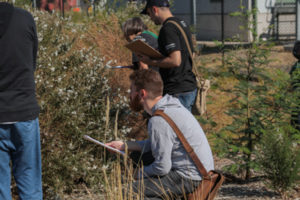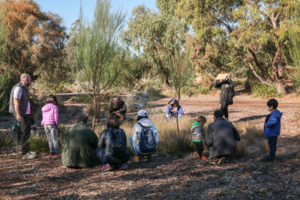Gardens for Wildlife
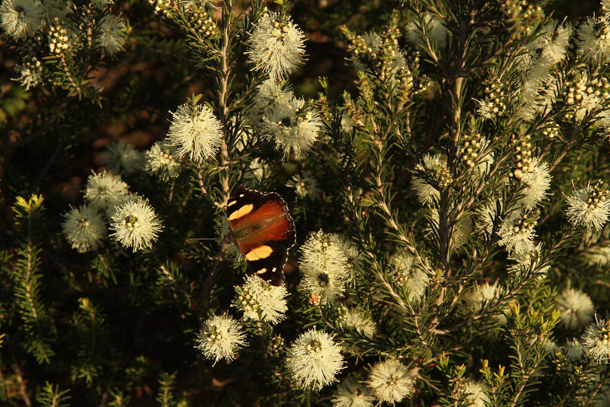
Help us preserve local biodiversity and protect habitat by volunteering for Gardens for Wildlife Melbourne.
The City of Melbourne in partnership with Westgate Biodiversity: Bili Nursery & Landcare, is initiating a Gardens for Wildlife Melbourne pilot program and seeking community involvement to establish a local program.
and find out more about how you can be involved in the program. This interactive information evening and social event is a fantastic opportunity to share your ideas about wildlife gardening in Melbourne.
Volunteer meet & greet 21 March 2019 5.30pm – 7.30pm
Bili Nursery, 525 Williamstown Road, Port Melbourne
See here for more and to register. Places at this event are free but numbers are limited.
Gardens for Wildlife is an exciting program that provides the community with inspiration for providing habitat in their gardens so local wildlife can flourish. Volunteers work in pairs to visit the gardens of new members and provide examples and ideas that encourage gardeners to value local biodiversity and conserve indigenous flora and fauna.
Gardens for Wildlife Victoria is a state-wide network of community group and local government partnerships active in more than 25 municipalities across Victoria. The network supports collaboration, connections and wellbeing alongside environmental objectives.
Private landholders manage a similar proportion of land in our municipality as the City of Melbourne; so protection and enhancement of our urban environment by private landholders is critical for achieving healthy ecosystems and thriving biodiversity.
By participating in the program and becoming engaged in wildlife gardening, you too are a volunteer helping our community to foster local nature.
City of Melb Waterbug Blitz
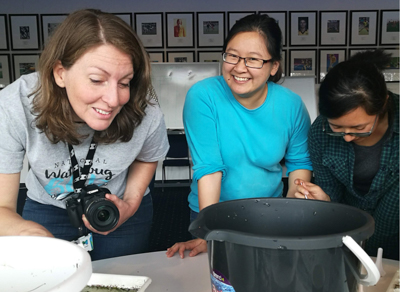
Results of water sampling show that our two sites and those from Royal Park have the highest number of waterbugs and habitat ratings. Westgate Park samples showed the most species or biodiversity.
| WESTGATE PARK | |||
| Date of monitoring | 20 Oct 2018 | ||
| Site name | Dam outlet | ||
| Specific name | Common name | SIGNAL SCORE | Raw count |
| Physa acuta | Marbled menace | 2 | 10 |
| Family Chironomidae, several genera | Blood worms | 4 | 3 |
| Family Culicidae | Mosquito larvae | 1 | 1 |
| Family Dytiscidae | Two-tailed tiger | 6 | 2 |
| Families Tabanidae, Dolichopodidae, Empididae some Tipulidae | Assorted River- ine maggots | 3 | 7 |
| Family Corixidae, Genus Sigara | Striped boatmen | 4 | 1 |
| Family Hydrophilidae | Water scavenger beetles | 2 | 2 |
| Phylum Turbellaria | Flatworms | 2 | 1 |
| Family Chironomidae | Chironomids | 4 | 1 |
| Diaprepocoris barycephala | Barry four-eyes | 5 | 1 |
| Family Hydrophilidae, Genus Helochares | – | 2 | 2 |
| Family Ceratopogonidae | Biting midges | 4 | 1 |
| Date of monitoring | 20 Oct 2018 | ||
| Site name | Freshwater Lake | ||
| Specific name | Common name | SIGNAL SCORE | Raw count |
| Family Leptoceridae, Genus Triplectides | Stick caddis | 3 | 2 |
| Family Lestidae and Family Coenagrionidae | Leaf-tailed damselfly nymph | 1 | 2 |
| Coleoptera | Tiger beetle larvae | 1 | |
| Family Corixidae, Genus Sigara | Striped boatmen | 4 | 1 |
| Phylum Annelida, Class Hirudinea | Leech | 1 | 1 |
| Physa acuta | Marbled menace | 2 | 1 |
Notes by Ying, our WaterWatch Coordinator:
In summary, we found approximately 16 different taxa groups across two sites at the dam outlet and the freshwater lake (closer to the saltwater lake). More taxa groups are found in dam outlet and have a higher average SIGNAL score compared to the freshwater lake.
This SIGNAL score is a bio-indicator index for macroinvertebrates that indicates whether the macroinvertebrates are sensitive to the pollution level in the site. Each macroinvertebrate has been assigned a SIGNAL score of 1-10 and we calculate the overall SIGNAL score to determine how healthy our site is (e.g waterways, wetland). A higher SIGNAL score indicates healthy and less polluted sites. Urban sites usually have a lower SIGNAL score as there are more stormwater runoff and other urban pollution. Hence, we were not surprised to see many bugs with high pollution tolerance level (e.g. bloodworms, mosquito larvae).
I did not calculate the overall SIGNAL score for our sites as the calculation is based on a waterway site and not a wetland. What we found so far is quite indicative of how healthy our sites are and the results are pretty good considering these samples are taken within 15 mins of each and they are only a tiny part of the site.
I definitely think that there are a lot more waterbugs out there that we have not surveyed!
Camaldulensis – a poem by Rob Youl
| Red gum savannahs once so vast | Ochre pits, and stone-axe blaze | |
| For millennia their shadows cast | Then Mitchell and the bullock drays | |
| Across the tribal hunting grounds | Longboats on his Glenelg River | |
| Amid a feast of primeval sounds | Mount William’s winds made riders quiver | |
| Trunks columnar, mottled grey | Two hundred years with us around | |
| Legions anchored in sandy clay | Settlers needed the red gums’ ground | |
| Canopies a dappled green | For sheep and crops and living space | |
| Seasonally a flowery mien | We cleared them at a rollicking pace | |
| Branches shed from time to time | So much waste! | |
| Leaving cavities – shelter prime | What shocking haste! | |
| For mammals, birds and bats | Insensitive to their age and grace | |
| And marauding goannas and rats | Bloody base! | |
| Those branches drying, strewn | Mortised for a post-and-rail | |
| For decades perhaps, until consumed | Split and interlocked at Harrow gaol | |
| By friendly fires of Koorie camps | And the shearing shed at Kout Narin | |
| Allaying hunger, cold and damp | Gossamer fleece and shearers lean | |
| Harbouring insects by the swarm | Fence posts, light-rail sleepers | |
| Myriad organisms were the norm | It’s our land now! Finders keepers! | |
| Under the bark, munching greenery | Today the timber’s appreciated | |
| Part of the ecological scenery! | Boutique floorboards, balustraded | |
| And relentless fungi and ants and more | A glorious russet-coloured timber | |
| Attacked the red gum’s woody core | From Kimberley to Mirrimbah | |
| Fifty to a hundred decades thus | Australia’s most widespread tree | |
| Ashes to ashes and dust to dust… | Symbol of our superb country | |
| The big’uns dropped seed continually | Is it the most Antipodean tree? | |
| A seedling survived, became a tree | Yet there is an irony… | |
| One in a million, maybe less | camaldulensis, botanists call this plant | |
| Died a veteran – as for the rest | Referring to a locale distant | |
| Grazed by ‘roos or burnt by fires | Camaldule’s a monastery in Italia… | |
| Lightning or hunter lit the pyres | Not a farming district in Australia! | |
| Of numberless seedlings that disappeared | Who cares? So what! | |
| Unfulfilled, year by year | We must protect, extend the trees we’ve got! | |
| The survivors dominated the plains | I trust my grandkids, as is my bent | |
| At home in drought or heavy rain | Can delight in red gums ancient | |
| Responding as the climates changed | Can sense their venerability | |
| Subtly extending or shrinking range | Their strength and complex poetry | |
| Gariwerd outwash, volcanic fumes | Scattered still across the landscape | |
| Lakes and swamps and lunette dunes | West wind skews their Lego shape | |
| Lava flows and sands windblown | Outer branchlets dying back | |
| Megafauna – wombats overgrown! | A dead-end-road? Red Gum Track! | |
| Scores of millennia pass | As a boy with crosscut saw I stood | |
| Ecosystems of gums and grass | Helping Dad cut winter’s wood | |
| Another change – along came Man | I took each block and backed it off | |
| And his ability to clan and plan | Cross-grained red gum isn’t soft! | |
| Stalk the emu, harvest yams | Now I work with Landcare squads | |
| Corangamite, Tarrayoukyan | Is it the twilight of the gods? | |
| Canoe scar a Koorie rune | Or can we massively regenerate | |
| Campfire sagas under the moon | The finest tree of the Garden State? |
Vision, mission and strategy
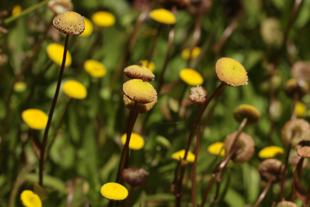
In September 2018 we finalised our Strategic Plan for 2018/9 to 2021/2 and settled on our vision and mission statements. We also articulated our values and what biodiversity means to us. We can say progress has been good now that we are halfway through the first year of our strategy. Here it is:
Year 1 of our Strategic Plan – Consolidate
Fully realise the amalgamation of FoWP & SKINC
Prepare a business plan | Fully integrate our operations | Realise the benefits of amalgamating and measure these | Complete the website with operational online sales | Commence delivery services | Implement a communications plan to build awareness of our ‘brand’ | Bring our members, supporters, volunteers and interested parties along with us
Achieve ACNC registration and deductible gift recipient status
New compound, community space and nursery | Develop a plan and progress the lease negotiation for the triangle site
Complete work on the Southern Wetlands and Riverland projects
Initiate a water management plan
Initiate conversations with people working in Western plains plants as preparation for future work in this area
Prepare a stakeholder map
Influence and play a role in bringing indigenous vegetation to Fishermans Bend Urban Development
Our vision
Indigenous vegetation is valued, understood for its importance to biodiversity and widely adopted
People are actively engaged with nature
The history and culture of this place is acknowledged and celebrated
Our work is admired for its effectiveness in advancing biodiversity
Our mission
To enhance and protect the natural environment of the Sandbelt Region of Melbourne using indigenous plant species
To complete the revegetation of Westgate Park and associated landscape projects and continue to care for the park
To grow and supply indigenous plants of local provenance
To inspire our members and the general community about urban biodiversity and healthy environments and to encourage them to volunteer and engage with nature
To build and share our expertise and to evaluate our work
We value
The high quality of our indigenous plants
The growth in biodiversity that results from our efforts
The knowledge we bring to our work
Behaviour that is ethical and honest in all that we do
Our record of having safe and happy workplaces
The contribution volunteers make to our organisation
The support we enjoy from people and organisations with whom we interact
The respect we earn for the quality of our work and the good relationships we develop with others
The personal growth and innovation that is fostered in our relationships with staff and volunteers
The great diversity of people who engage with us
What biodiversity means to us
Biodiversity is the sum of life on earth. For our work it means conserving and fostering the life that evolved in this place over millennia, in all its diversity and interconnectedness.
For us biodiversity starts with growing plants that are indigenous, with mulch that helps create good soil and careful planning that establishes diverse and healthy natural habitats for wildlife.
We measure our success in fostering biodiversity by the quality and provenance of plants we propagate and the seeds they produce.
We count and endeavor to identify species of fauna and fungi present at Westgate Park. We observe the food chains, the successful raising of offspring, the natural regeneration of plants, the ingenious means by which fungi disperse their spores, birds protect their eggs, spiders catch prey.
There is genius in the life cycles of insects, the symbiotic relationships, the role of predators, herbivores, the decomposers, the pollinators, the primary producers of sugars, nectar and pollen. We identify birds by their calls and frogs by their celebration of rain, marvel at the colour or the camouflage of butterflies, dragonflies, flies, bees, beetles and bugs.
We watch for the robustness that withstands droughts and caterpillars and balance that is necessary for biodiversity to be sustained.
And, finally, humans are part of biodiversity; working intelligently with nature, organising, labouring, communicating and being inspired by the profound beauty and complexity of life.
Southern Wetlands latest pics
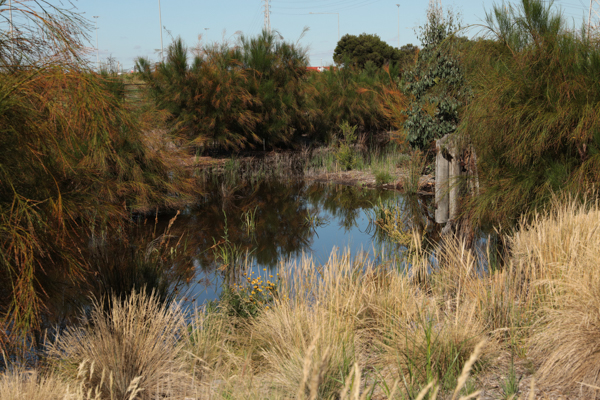
We started work here in the eastern section in late 2015 with removal of dense woody weeds and excavation of what was a rubbish-filled drain to form a series of connected wetlands. The cartons are largely off now, December rain filled the ponds and we think it’s looking pretty good!
The ‘before’ shots:
New branding
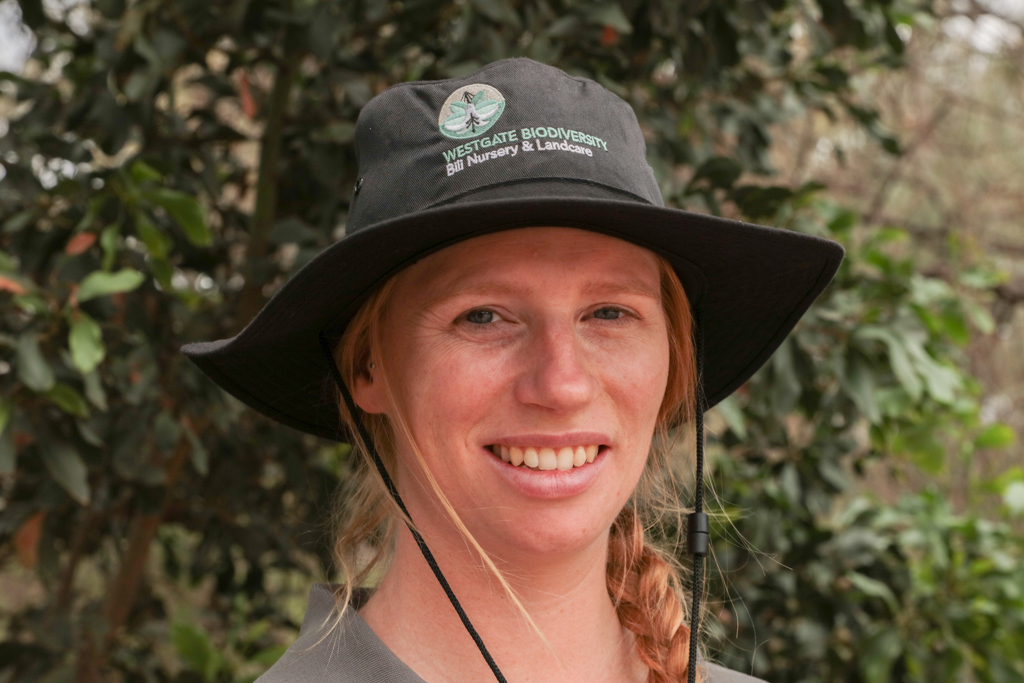
Our staff and regular volunteers are now decked out in the Westgate Biodiversity: Bili Nursery & Landcare shirts, hats and fleece jackets and new signs are up – all using our beautiful new logo.
Jan 2019 bird survey
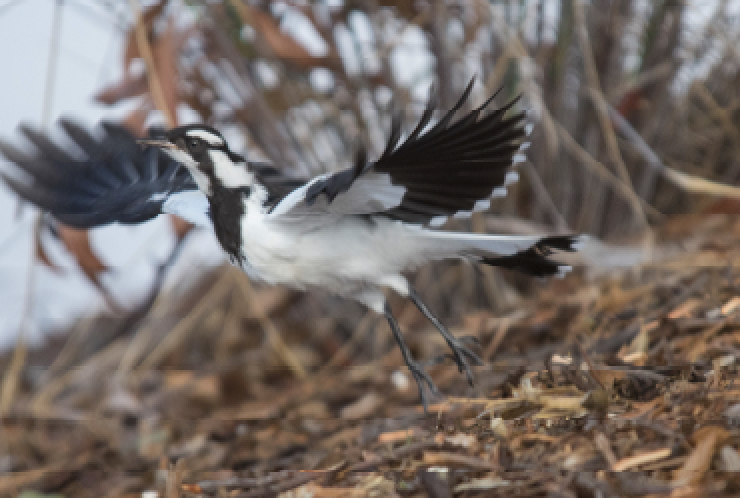
photos by Euan Moore
Water levels in both lakes are high, and water quality in the freshwater lakes and southern wetlands appears very good. Water quality in the saltwater lake is average, with an algal bloom on one small water body south of the saltwater lake.
There was little flowering, one exception being the park’s bursarias, however the vegetation looks healthy thanks to November–December rain.
Interesting/notable sightings:
• Reed Warblers were present in the best numbers for some years – new shoreline stands of reeds planted by volunteers surely help
• Waterbirds are breeding with dependent young observed of several species. Two Australasian Grebes were sitting on nests, and apparently four Black-winged Stilts
• Nankeen Night-herons (4 adults) were in larger numbers than usual; normally only singles or pairs are seen
• Two Pied Oystercatchers were flying upstream along the Yarra
• Around a dozen Australian White Ibis were observed feeding in wetlands, which is unusual. Since the ibis colony relocated two decades ago ibis have mainly been recorded flying overhead.
• A Grey Butcherbird heard calling was possibly the bird observed during December
Oct 2018 bird survey
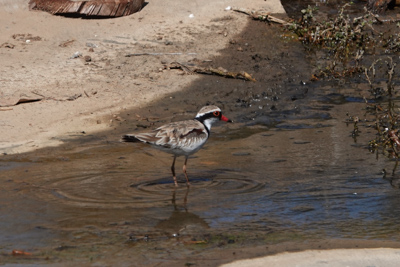
Forty-seven species on 1 October was a pleasing result.
Despite a very dry September, water levels of both large lakes and smaller salt water lakes remain very high, while other freshwater wetlands including the dam are low or completely dried out. The usual wetland species are mostly present in low to very low numbers, except for Chestnut Teal.
Of the Interesting/notable sightings, the Brown Songlark noted by Will Morris on eBird has not been recorded in the park since September 2009; last month it was feeding in mown grass by the east bank of the Yarra River just south of Westgate Bridge.
photos Andrew McCutcheon
| Westgate Park Bird Count | ||||||||||||||||
| By: Andrew McCutcheon, Rob Youl, Peter Parrington, John McRae, Jackie Kerr (part), and Lachie Reid (part) | Date: 3 Sept 2018 | |||||||||||||||
| Weather: Mostly fine with a light north wind later in the morning. Temp 14⁰ C – 24⁰ C | ||||||||||||||||
| FCoverage: Entire survey route completed | Time start: 0915 | Time finish: 1330 | ||||||||||||||
| Species | Number seen | Species | Number seen | |||||||||||||
| Brown Quail | Galah | |||||||||||||||
| Black Swan | 6 | Little Corella | ||||||||||||||
| Australian Shelduck | Sulphur-crested Cockatoo | |||||||||||||||
| Australian Wood Duck | Rainbow Lorikeet | 20+ (*1) | ||||||||||||||
| Pink-eared Duck | Musk Lorikeet | |||||||||||||||
| Australasian Shoveler | Little Lorikeet | |||||||||||||||
| Grey Teal | 2 | Purple-crowned Lorikeet | ||||||||||||||
| Chestnut Teal | 44 (*2) | Eastern Rosella | ||||||||||||||
| Pacific Black Duck | 7 | Horsfield’s Bronze-Cuckoo | 2 | |||||||||||||
| Hardhead | 6 | Fan-tailed Cuckoo | ||||||||||||||
| Australasian Grebe | 1 | Sacred Kingfisher | ||||||||||||||
| Hoary-headed Grebe | 4 | Superb Fairy-wren | 30+ (15 blue) | |||||||||||||
| Rock Dove | 2 | White-browed Scrubwren | 7 | |||||||||||||
| Spotted Turtle-Dove | 6 (*1) | Brown Thornbill | 6 | |||||||||||||
| Crested Pigeon | 4 | Spotted Pardalote | ||||||||||||||
| Darter | Striated Pardalote | |||||||||||||||
| Little Pied Cormorant | *10 | Yellow-faced Honeyeater | ||||||||||||||
| Great Cormorant | *2 | White-plumed Honeyeater | 55+ (*4) | |||||||||||||
| Little Black Cormorant | 2 | Noisy Miner | 2 | |||||||||||||
| Pied Cormorant | *2 | Spiny-cheeked Honeyeater | ||||||||||||||
| Australian Pelican | *6 | Little Wattlebird | 8 (*1) | |||||||||||||
| White-necked Heron | Red Wattlebird | 40+ (*6) | ||||||||||||||
| Eastern Great Egret | 1 | New Holland Honeyeater | 25+ | |||||||||||||
| Cattle Egret | White-naped Honeyeater | |||||||||||||||
| White-faced Heron | Black-faced Cuckoo-shrike | 1 | ||||||||||||||
| Nankeen Night-Heron | White-winged Triller | |||||||||||||||
| Australian White Ibis | 20 (15 in flight) | Golden Whistler | ||||||||||||||
| Straw-necked Ibis | Grey Shrike-thrush | |||||||||||||||
| Royal Spoonbill | Grey Butcherbird | |||||||||||||||
| Yellow-billed Spoonbill | Australian Magpie | 8 (*2) | ||||||||||||||
| Black-shouldered Kite | Pied Currawong | |||||||||||||||
| Little Eagle | Grey fantail | 2 | ||||||||||||||
| Nankeen Kestrel | Willie Wagtail | 6 | ||||||||||||||
| Brown Falcon | Little Raven | 11 | ||||||||||||||
| Australian Hobby | Magpie-lark | 10 | ||||||||||||||
| Peregrine Falcon | Flame Robin | |||||||||||||||
| Purple Swamphen | 1 | Rose Robin | ||||||||||||||
| Buff-banded Rail | Golden-headed Cisticola | |||||||||||||||
| Baillon’s Crake | Australian Reed-Warbler | 1 | ||||||||||||||
| Black-tailed Native-hen | Little Grassbird | |||||||||||||||
| Dusky Moorhen | 10 | Silvereye | ||||||||||||||
| Eurasian Coot | 25 | Welcome Swallow | 20+ | |||||||||||||
| Black-winged Stilt | 6 | Fairy Martin | ||||||||||||||
| Black-fronted Dotterel | 5 | Common Blackbird | 10 | |||||||||||||
| Red-kneed Dotterel | Common Starling | 30+ | ||||||||||||||
| Masked Lapwing | Common Myna | 6 | ||||||||||||||
| Latham’s Snipe | Red-browed Finch | |||||||||||||||
| Painted Button-quail | House Sparrow | 5 | ||||||||||||||
| Crested Tern | *4 | Australasian Pipit | ||||||||||||||
| Pacific Gull | European Greenfinch | |||||||||||||||
| Silver Gull | 385 (*300+) | European Goldfinch | 12 (*2) | |||||||||||||
| Number of Bird Species – Wetland dependent & Raptors….22 Land based …. 25 Total | 47Species | |||||||||||||||
| Other animals: One Brush-tailed Possum. Common Froglets heard in dam and wetlands near the Friend’s Compound. | ||||||||||||||||
* seen at/along Yarra River only.
Note: For species seen in large numbers, or for which accurate counting was difficult the number seen is rounded off to the nearest of tens or fives followed by a +.
D- Denotes dependent young plus number of separate broods.
Habitat: Despite a very dry September, water levels of both large lakes and smaller salt water lakes are still very high, while other fresh water wetlands including the dam are low or completely dried out. Most of our usual wetland species are present but in low to very low numbers, except for Chestnut Teal.
Interesting/notable sightings:
- The Brown Songlark seen by Will Morris on eBird is a very occasional visitor to the park. This bird species not recorded in the park since September 2009, was feeding in mown grass by the east bank of the Yarra River just south of Westgate Bridge.
| Opportunistic Sightings – Interesting or unusual sightings reported between surveys | |||
| Date | Species | Number seen | Observer |
| 2 September | White-necked Heron | 1 | George Fotheringham |
| 3 September | Fairy Martin | 1 | George Fotheringham |
| 4 September | Galah | 20 | George Fotheringham |
| 4 September | White-faced Heron | 1 | George Fotheringham |
| 5 September | White-naped Honeyeater | 1 | George Fotheringham |
| 5 September | Nankeen Kestrel | 1 | George Fotheringham |
| 8 September | Black-faced Cuckoo-shrike | 1 | George Fotheringham |
| 9 September | Grey Fantail | 1 | George Fotheringham |
| 14 September | Australian Wood Duck | 2 | George Fotheringham |
| 18 September | Australian White Ibis | 1 | George Fotheringham |
| 28 September | Straw-necked Ibis | 6 | Will Morris (eBird) |
| 28 September | Nankeen Kestrel | 1 | Will Morris (eBird) |
| 28 September | Australian Hobby | 1 | Will Morris (eBird) |
| 28 September | Australian Reed-Warbler | 1 | Will Morris (eBird) |
| 28 September | Brown Songlark | 1 | Will Morris (eBird) |
Pollinators workshop 21 Oct
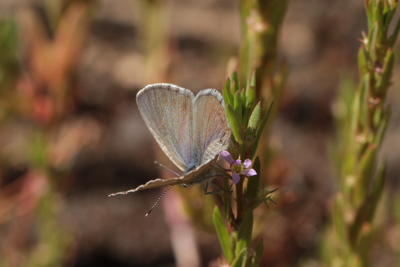
Interested in being a citizen scientist? Come along to our pollinators workshop and learn to identify insect pollinators then put your knowledge into action at our spring ‘pollinator observatories’ at Westgate Park.
This is the sixth in this series of these events that are helping us understand more about plant-insect interactions. Each time we have seen something unexpected just through observing more closely.
This is a free event. See here for bookings (essential) and more details.
Hope to see you there.
